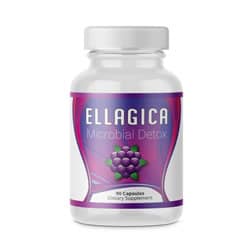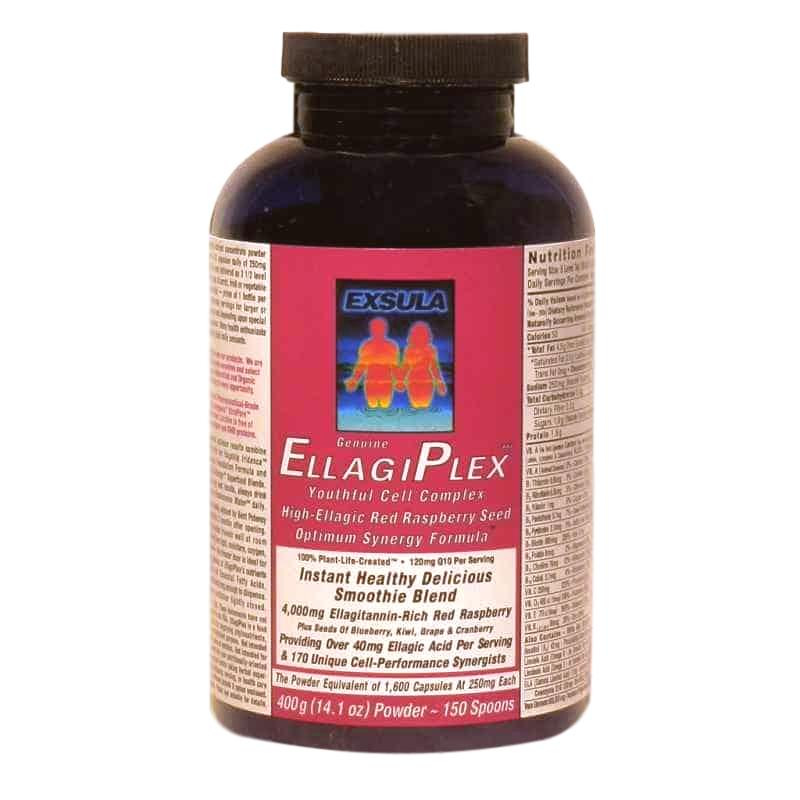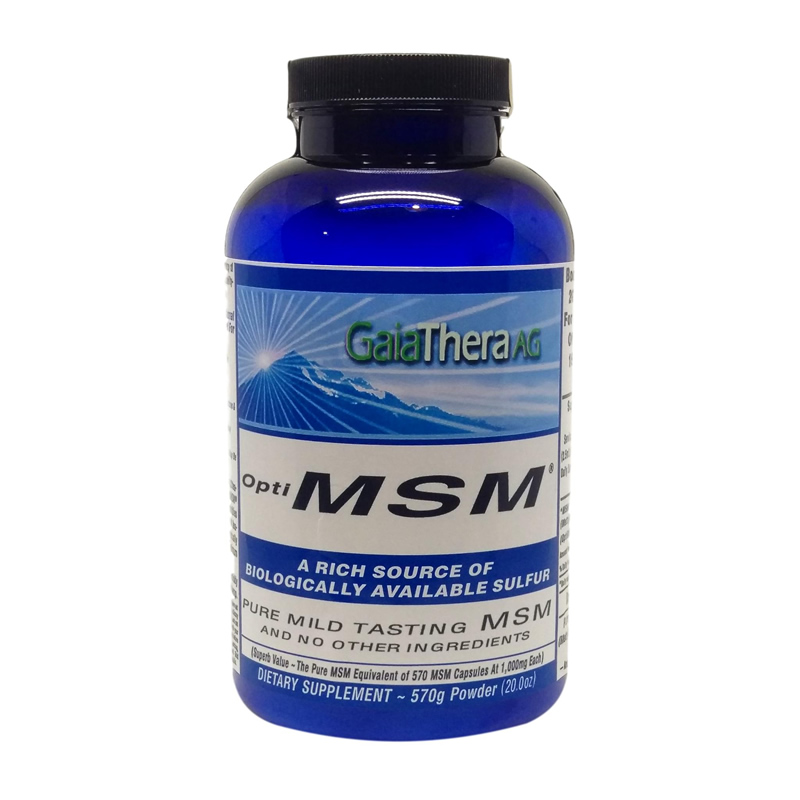No products in the cart.
Antioxidants: Antidote for Free Radicals
How Free Radicals Begin
Cells in your body are in a continual cycle of birth (replication) and death. This replication is naturally controlled to ensure no mistakes, or (potentially cancerous) mutations occur prior to cell division. If mutations are detected, the cell is instructed to die or not reproduce, thus protecting you from cancer and diseases. But cells can sometimes ignore these signals, becoming cancerous and virtually immortal, reproducing indefinitely. Supplements are taken to extinguish and limit the damage done by free radicals.
Antioxidants are abundant in fruits and vegetables, as well as in other foods including nuts, grains and some meats, poultry and fish. The list below describes food sources of common antioxidants.
- Beta-carotene is found in many foods that are orange in color, including sweet potatoes, carrots, cantaloupe, squash, apricots, pumpkin, and mangos. Some green leafy vegetables including collard greens, spinach, and kale are also rich in beta-carotene.
- Lutein, best known for its association with healthy eyes, is abundant in green, leafy vegetables such as collard greens, spinach, and kale.
- Lycopene is a potent antioxidant found in tomatoes, watermelon, guava, papaya, apricots, pink grapefruit, blood oranges, and other foods. Estimates suggest 85 percent of American dietary intake of lycopene comes from tomatoes and tomato products.
- Selenium is a mineral, not an antioxidant nutrient. However, it is a component of antioxidant enzymes. Plant foods like rice and wheat are the major dietary sources of selenium in most countries. The amount of selenium in soil, which varies by region, determines the amount of selenium in the foods grown in that soil. Animals that eat grains or plants grown in selenium-rich soil have higher levels of selenium in their muscle. In the United States, meats and bread are common sources of dietary selenium. Brazil nuts also contain large quantities of selenium.
- Vitamin A is found in three main forms: retinol (Vitamin A1), 3,4-didehydroretinol (Vitamin A2), and 3-hydroxy-retinol (Vitamin A3). Foods rich in vitamin A include liver, sweet potatoes, carrots, milk, egg yolks and mozzarella cheese.
- Vitamin C is also called ascorbic acid, and can be found in high abundance in many fruits and vegetables and is also found in cereals, beef, poultry and fish.
- Vitamin E, also known as alpha-tocopherol, is found in almonds, in many oils including wheat germ, safflower, corn and soybean oils, and also found in mangos, nuts, broccoli and other foods.
Increase the Functioning of Your Immune System
We have found an especially effective way to super-boost your antioxidant activity, improving the overall functioning of your immune system. Supplement Essential Fatty Acids, Sulfur, and Ellagic acid to help with soft tissue aches, and with tumors of every sort.







